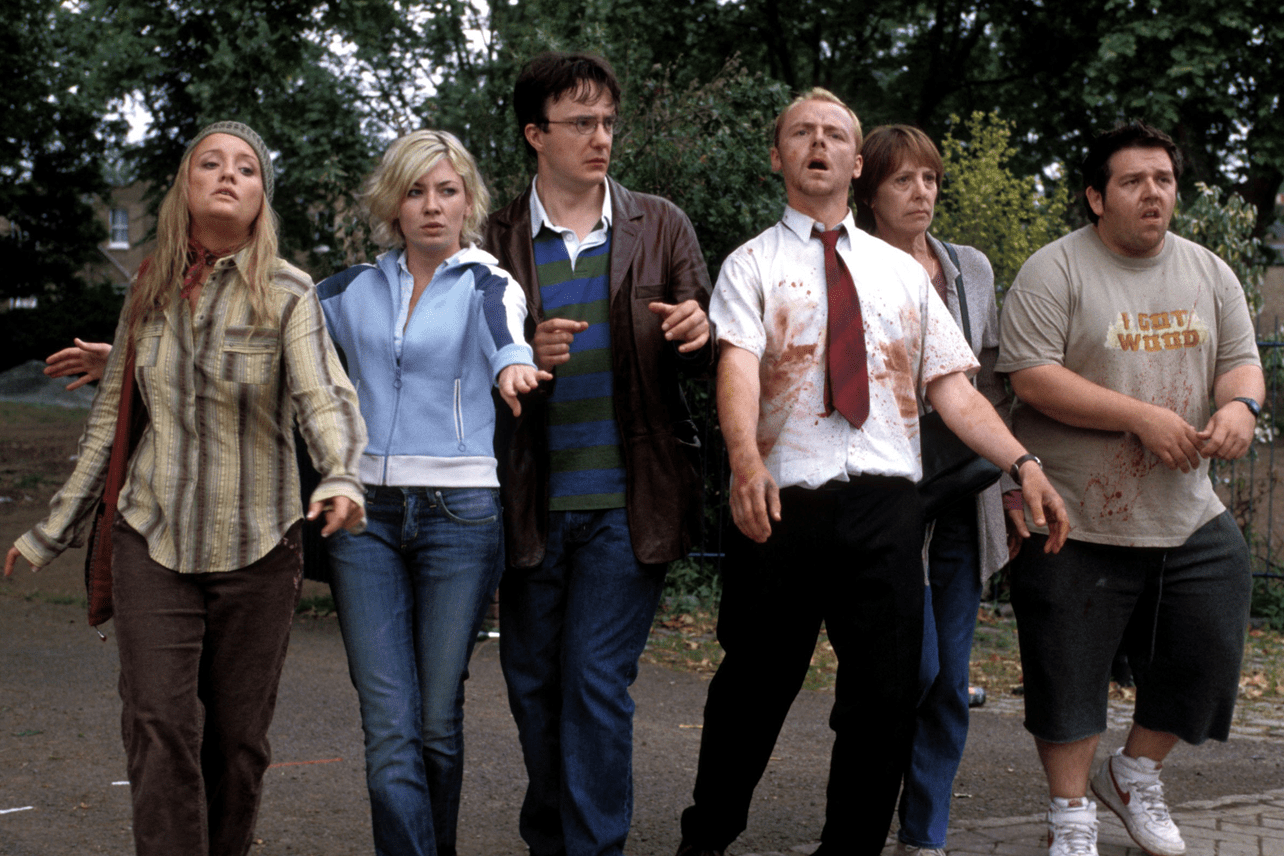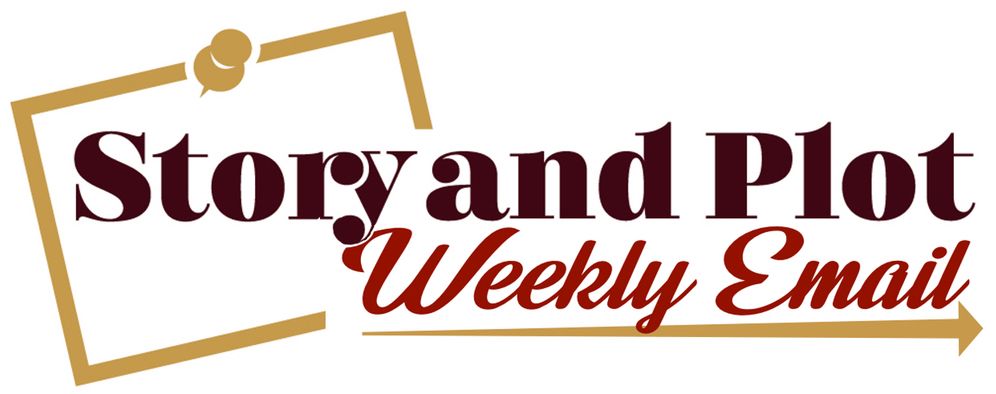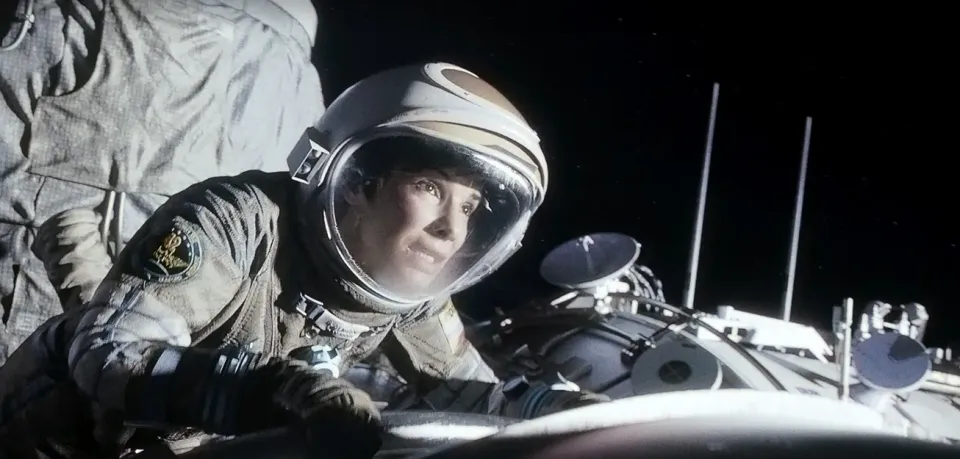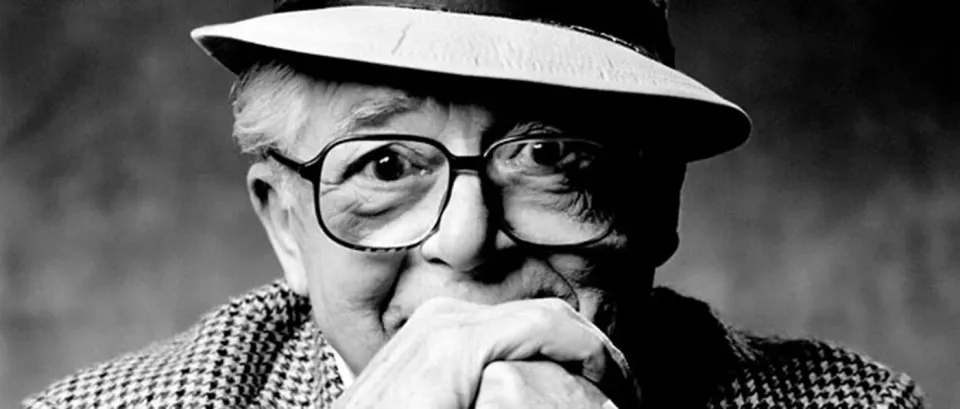Controlling the tone in your screenwriting.
Tone concerns the audience's experience. It's about how they react to what they see, hear, and even feel. At its core, it is about the suspension of disbelief.

The Story and Plot Weekly Email is published every Tuesday morning. Don't miss another one.
I am currently rewriting an action-comedy based on the director's notes. Through the process, there is a lot of discussion about tone.
How broad does the comedy go? How violent is too violent?
These are typical considerations for any screenplay.
As executives often say with challenging projects, "It's all about getting the tone right!"
While this is usually true, it is also meaningless. You might as well say, "It's all about making it good."
The tone is an easy concern to have. Because it is so poorly defined, getting it right is almost always someone else's problem. Everyone else gets to sit back and decide if it works or not.
I am as guilty as anyone. I have approached tone as a gut-feel thing, so I never talked much about it in my classes. It always fell more to notes, with questions like, "What's the tone here?"
But I don't like things poorly defined.
I like them well-defined! I use the most practical and valuable definitions I can create for my classes.
So, for me, I define TONE as:
The range of emotions and actions that allow the audience to remain fully immersed in the story without breaking their suspension of disbelief.
The challenge, of course, is that this range can be quite nebulous. It is usually defined only by what breaks it.
Why do we keep a consistent tone?
Like everything we do, the tone concerns the audience's experience and expectations. It's about how they react to what they see, hear, and even feel.
At its core, it is about the suspension of disbelief.
The phrase "a hat on a hat" describes adding one more ask to the audience after a previous ask. That is, say you ask them to believe dinosaurs come back to populate an amusement park. Great, we can do that! We now have a movie about dinosaurs being resurrected.
But then imagine also asking the audience to believe that the park is haunted by ghosts, too!
It's too much. The audience rejects it. The audience knows the authors have yet to choose a story, so they lose confidence. You've asked them to accept one too many things and they lose their suspension of disbelief. The magic is broken.
Tone is similar.
The story establishes a style and range for what the audience can expect and what type of story it is.
If the emotions or actions break past that imaginary boundary, it confuses the audience. The storytellers promised one thing and decided later to deliver something else.
The audience doesn't know how they're supposed to feel.
There is a clear discrepancy between the emotions they're experiencing and the story they're watching.
They feel out of sync with the movie. The movie wants them to feel one way, but they feel another.
Suddenly, they're resisting the movie because they no longer trust it. This confusion makes them self-aware, and for at least a few moments, they're no longer willing to go along for the ride.
Surprise and Delight.
This is one of our primary goals, but we must do both. Switching up tone is often tempting because it surprises the audience almost by definition. We are giving them something they did not expect.
The problem, of course, is that it is a significant challenge to delight them with it as well, for the reasons stated above.
Because of this, tone is a very risky way to surprise and delight. You should tread carefully if this is your strategy.
Master class in tone.
Probably my favorite example of the widest, yet 100% emotionally satisfying tone is SHAUN OF THE DEAD.
It has zombies, tension, horror, blood, guts, slapstick comedy, high-brow comedy, romance, and emotional catharsis, all while putting the relationships front and center.
And every single moment works.
It is a pitch-perfect film and demonstrates that you control the tone, the tone doesn't have to control you.
The other end of the spectrum is REQUIEM FOR A DREAM, which brilliantly manages to hold a single, horrible tone of downward misery from start to finish. It's not a film you want to watch twice.
Every story has its own integrity, and every story has its own tone. What steadies both pieces is that at no time does either story violate the emotional truth of the story they established.
You decide the tone.
It can be wide or narrow, just as long as the range is consistent.
Your tone is not necessarily defined by genre either, as many genres have a wide range of tones within them. Most noir is dark, and filled with dread, yet one of my favorite noirs, L.A. CONFIDENTIAL, has low-key sparks of humor and surprising moments of affection and optimism.
THE TEXAS CHAINSAW MASSACRE is a very different type of horror than EVIL DEAD, which is different from THE CONJURING.
Comedies range from the sketch-influenced ANCHORMAN to the more grounded SUPERBAD.
The range is what you choose it to be, but choose you must.
Set the tone early.
This is hugely important. Let the audience know what movie they're watching. What are the emotional and physical stakes that will be played with here?
You do not have to define the limits, but you should offer up a range.
BARBARIAN takes a huge turn, but it did not start out as a comedy. Physical risk and violence were always within its range.
You knew full well that ALIEN and STAR WARS were different types of space movies within minutes. Yet both had plenty of surprises left in store.
BARBIE told you exactly what kind of magical tone it was going to give you from the first scene.
Let us know early, and most importantly, let us know that you know what the tone is.
Controlling the tone builds confidence in the reader. Losing control of the tone undermines it.
Comps.
Comps is short for comparisons, and it's designed to help you communicate the tone and feel of your project to others. This has grown in the industry since I started. I have never once sent a screenplay out and listed comps with it. Not one time. But it is common now.
This speaks to just how difficult it is to capture tone in a description. You know it when you see it.
You do not have to be beholden to any other film's tone, but you can let them influence you. There is a wide range of tones out there, and there is no reason ever to feel limited by them.
Each moment is a choice.
Controlling the tone is controlling the moments. It is controlling the range of emotions so a screenplay feels unified.
If you know what emotion you want to evoke through each moment of your screenplay, you are ahead of 99% of the scripts out there.
That is pro and non-pro alike.
It's the non-choices that can drag your screenplay down faster than anything else.
The Story and Plot Weekly Email is published every Tuesday morning. Don't miss another one.
When you're ready, these are ways I can help you:
WORK WITH ME 1:1
1-on-1 Coaching | Screenplay Consultation
TAKE A COURSE
Mastering Structure | Idea To Outline




